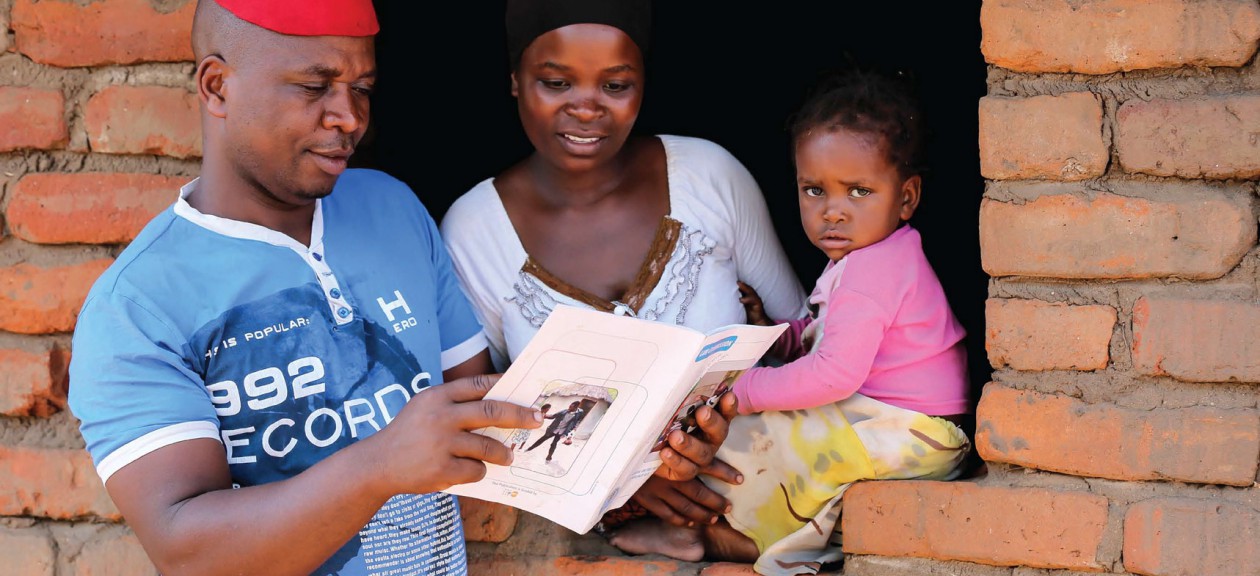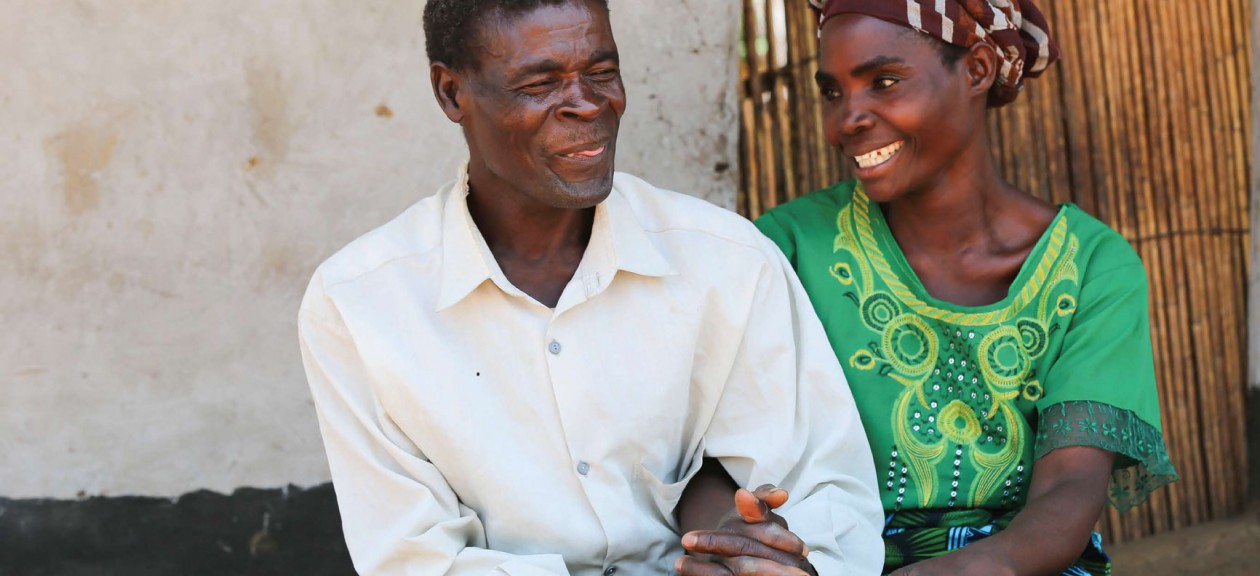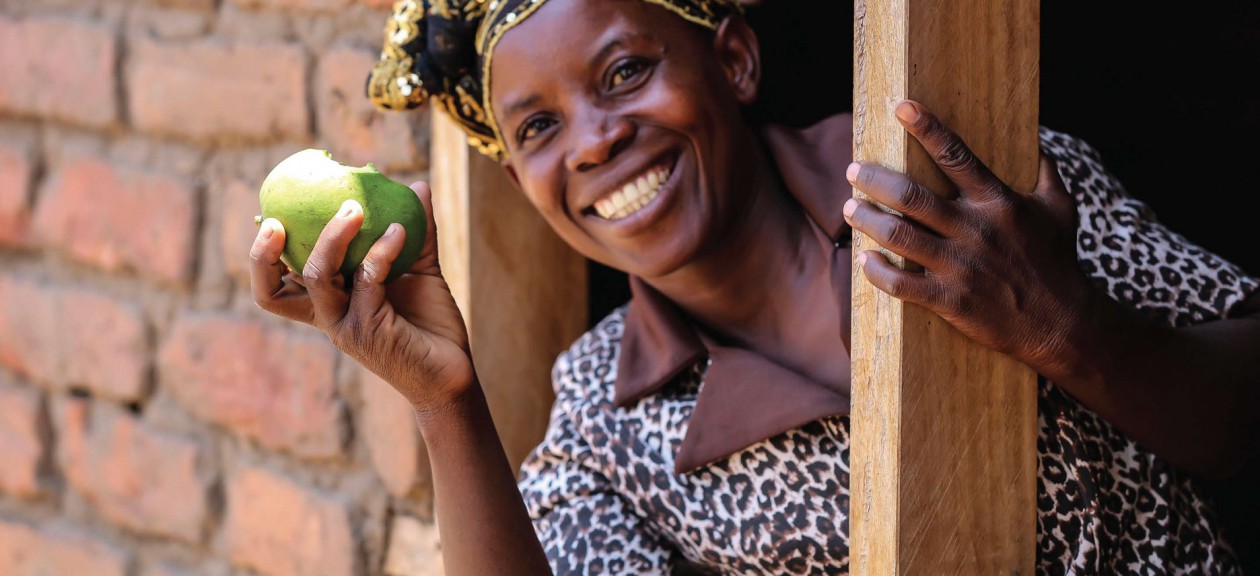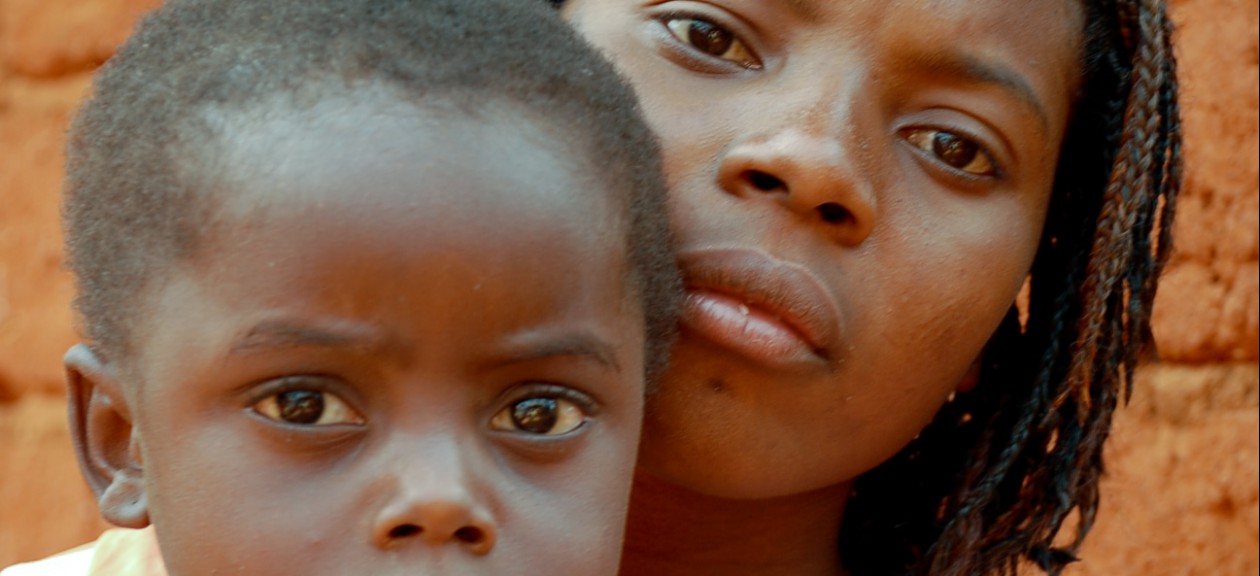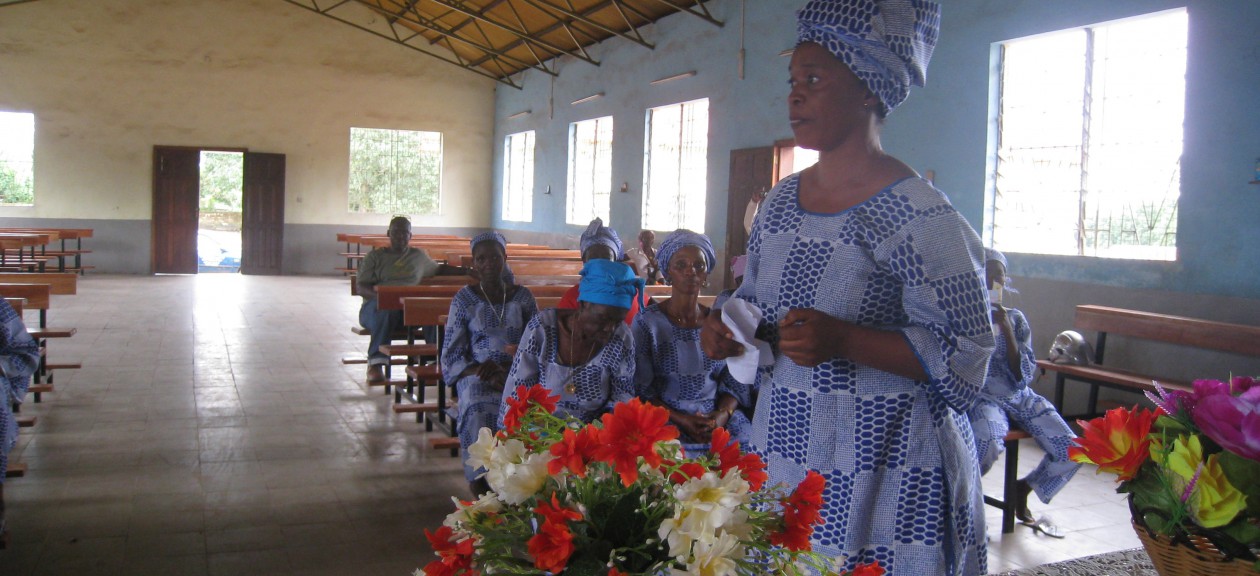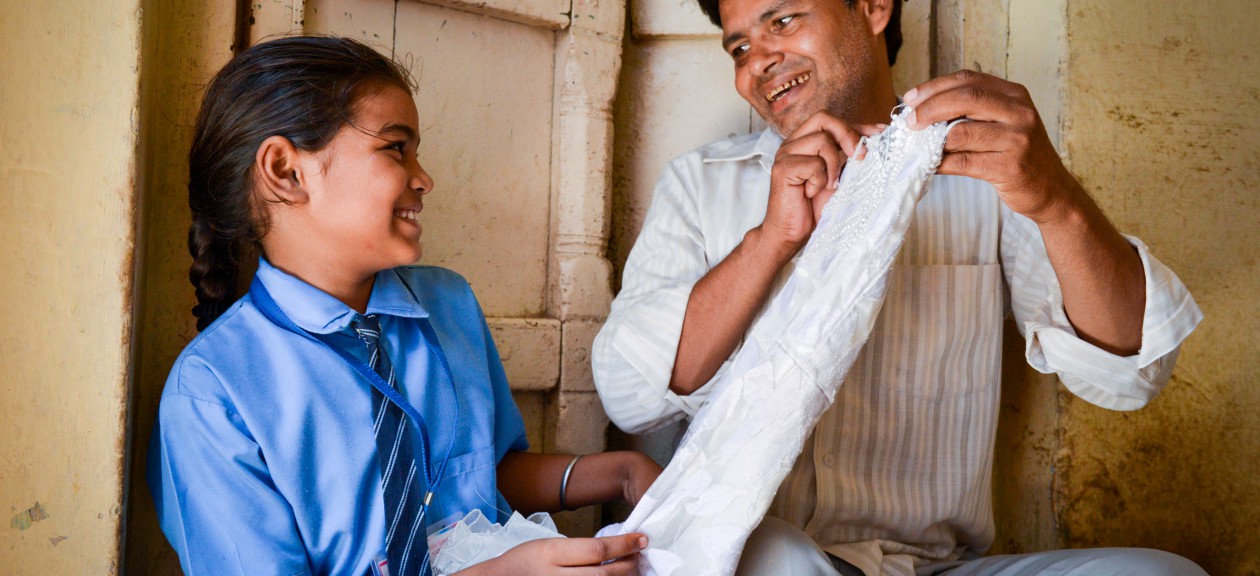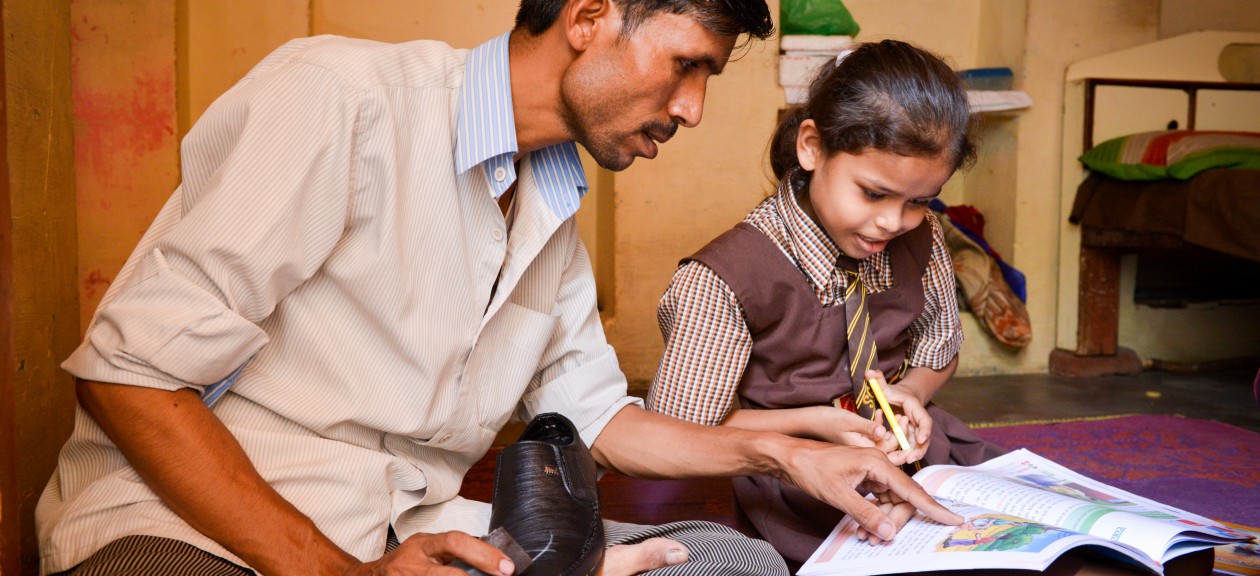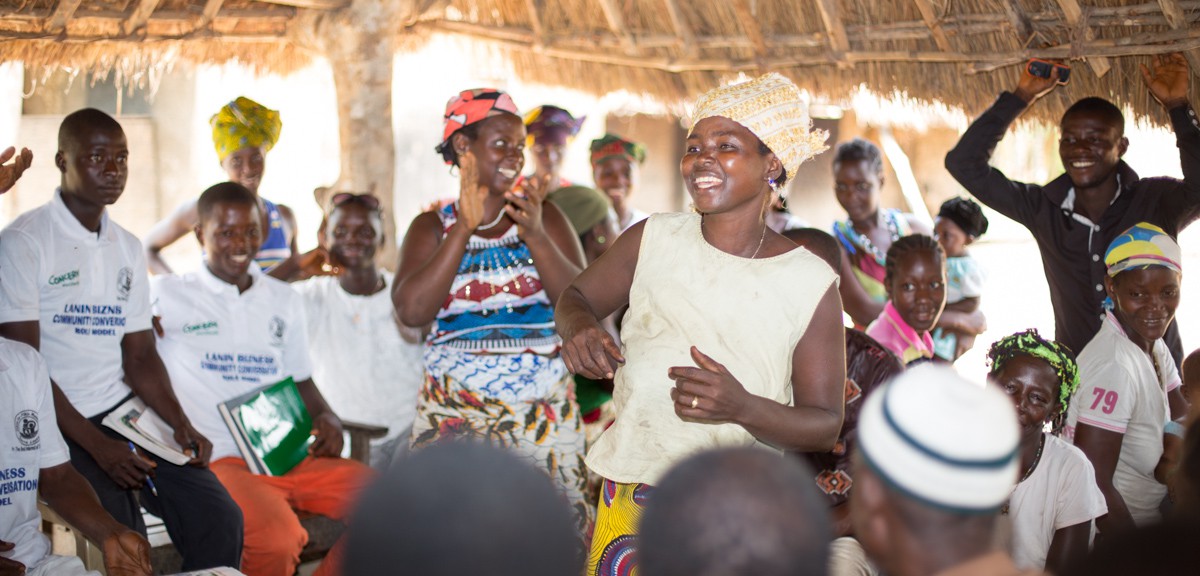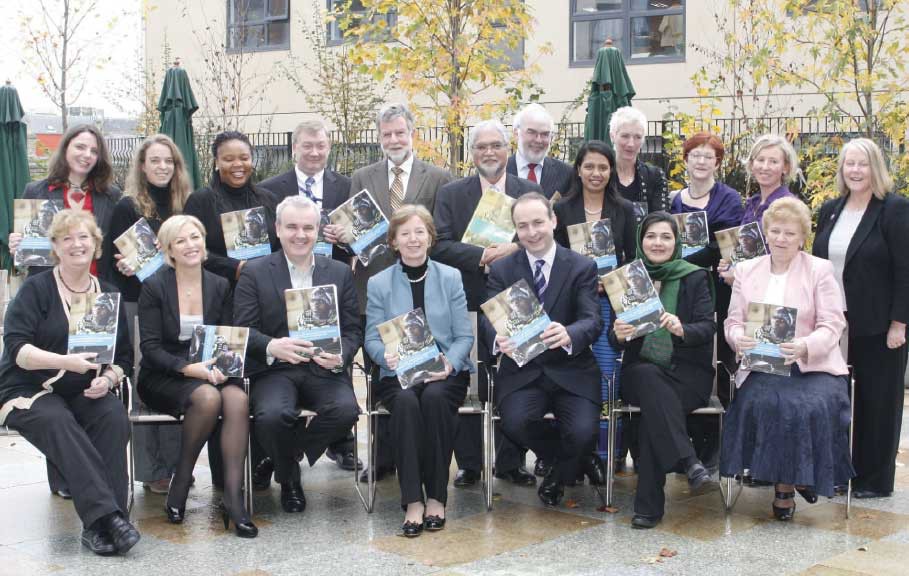Violence against women and girls has important health and social consequences for survivors themselves as well as for their families and communities. At the very least, it can have serious impacts on the everyday lives of women and girls. GBV hinders their ability to earn a living, access education, and take part in social and political life. It perpetuates poverty and impedes development. This Learning Brief is based on the Connecting Girls, Inspiring Futures event to mark International Women’s Day 2012. It outlines key insights, recommendations, and learning from World Health Organization (WHO) research on violence against women (VAW) and from female genital mutilation (FGM) policy and programming developments in Ireland. The event provided an important learning opportunity to recognise the work that has been done in relation to VAW and to reflect on future priorities in this field.
Key Research Findings on VAW: Consequences, Prevention, and Response
- It is a worldwide human rights and health issue. Research suggests that nearly one out of every three women globally has experienced psychological, physical or sexual partner violence during their lifetime.
- There are fatal and non-fatal outcomes and international research shows serious inter-generational health, social and economic consequences for individuals, families and communities.
- It is rooted in inequality. Rigid gender roles create risk, and social and cultural gender norms reinforce the problem.
- It can be prevented. Secondary education and increased socioeconomic status make a difference. Prevention initiatives must focus on changing harmful gender attitudes. Interventions must address individuals, couples and families, communities and the state. It is important not to focus solely on women and girls: men and boys must be involved.
- Prevention and response must improve: VAW is a complex area and demands an integrated response from all the different sectors involved, including health, legal, education and economic support services.
Preventing VAW – Interventions work best when they:
- Are designed to work at national, community, home and individual levels.
- Empower women with finance, gender and relationships training and use school-based programmes to prevent dating violence.
- Transform harmful gender norms at school and community level.
- Engage men and boys in order to change attitudes and behaviour.
- Bring about legal and policy change within a country.
Female Genital Mutilation: Programmes and Policy Progress in Ireland
Female genital mutilation means the partial or total removal of the female external genitalia or other injury to the female genital organs for non-medical reasons. FGM is generally performed by an individual who has no medical training and does not use anesthetics or antiseptics. This can lead to serious physical and mental health consequences. The World Health Organisation estimates that globally 100 to 140 million girls and women alive today have undergone some form of FGM.
FGM has been documented in 28 African countries. It is a serious yet relatively new issue within the Irish context, as increasing numbers of people have emigrated from African countries to Ireland over the past decade. Many migrant women living in Ireland feel pressured into having an FGM ceremony performed on their daughters. After sustained work by campaigners, the Oireachtas passed the Criminal Justice (Female Genital Mutilation) Act in 2012. This Act specifically criminalizes performance of FGM on any woman or child residing in Ireland. It also criminalises the act of taking a woman or child out of Ireland with the intent of having FGM performed elsewhere. This was significant progress, yet a great deal of work remains to be done in terms of FGM policy and programming in Ireland.
Key learnings and recommendations from the event
Violence against women and girls is a global issue, with complex health and social consequences. Prevention and response programming work has improved and must continue to do so in the future. We should continue to consult survivors to ensure that responses are effective and do no harm. This work requires a multi-sectoral approach with promotion of gender equality at its core.
Given the serious health, intergenerational and socioeconomic costs of violence against women, strengthened work on prevention and response is crucial.
To be effective long-term, policy and programming work must approach VAW from a health and human rights perspective.
Download full learning brief
